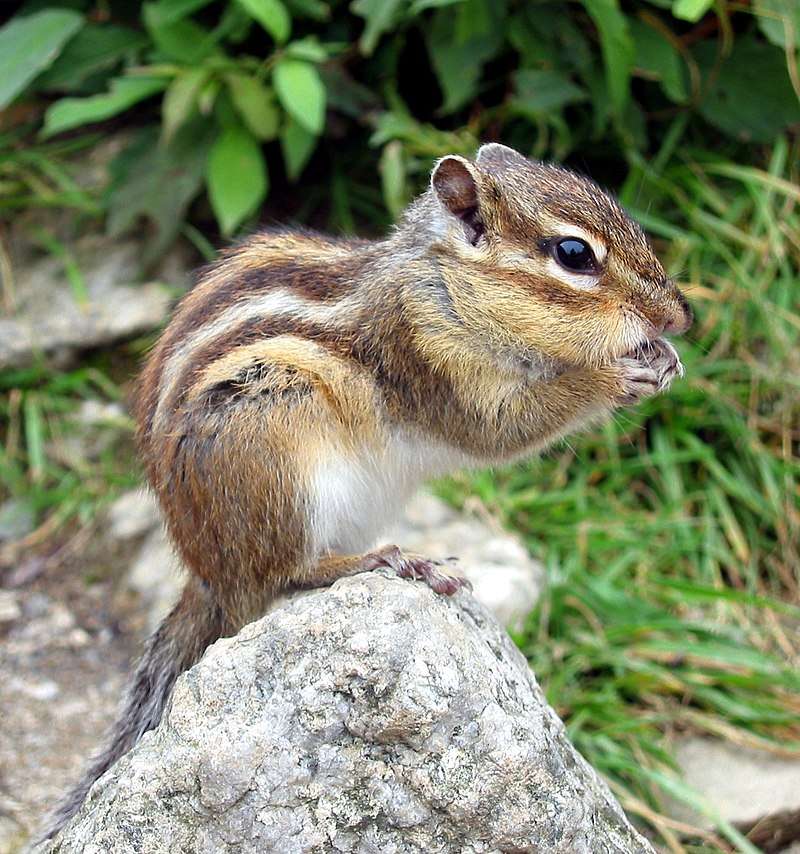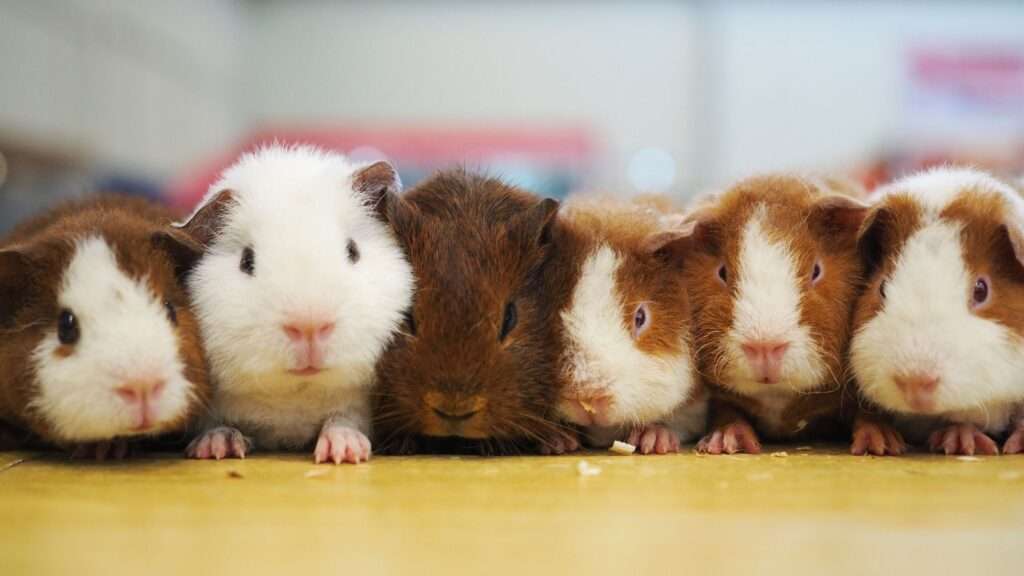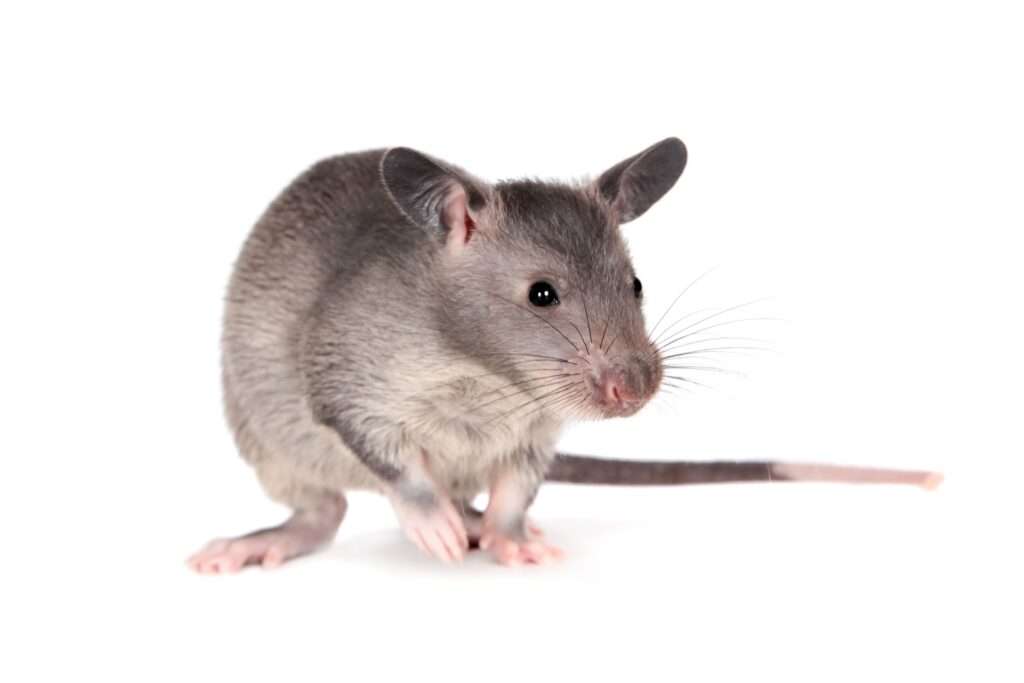
Description
The Siberian flying squirrel, an Old World flying squirrel, is widespread throughout Eurasia. A black line runs down the middle of its grey coat from neck to forelimb. The back is slightly heavier than the abdomen. It has flattened tail and large, shockingly black eyes. Flying squirrels can be identified by their fluffy glide membrane, or patagium, a skin flap that stretches between the front and rear legs. By stretching this membrane, the flying squirrel may move more than a hundred metres between trees.
Habitat
From the Baltic Sea in the west to the Pacific Coast in the east, Siberian flying squirrels can be found. They prefer mature coniferous and deciduous tree forests..
Behavior
Siberian flying squirrels are gregarious creatures that are mostly nocturnal and active in the late evening. However, females that are pregnant may also forage during the day. Although they don’t hibernate, they occasionally sleep nonstop for a few days throughout the winter. The majority of their time when active is spent gliding from tree to tree gathering food. The squirrel may store alder and birch catkins for the winter in former woodpecker holes or other niches if they are in abundance. Siberian flying squirrels are nocturnal, secretive creatures that are rarely observed.
As Pet

Feeding:
Omnivores are chipmunks. A balanced diet should include nuts, fresh fruits and vegetables, and rodent food. Peanuts, pecans, and walnuts are examples of nuts. Apples, grapes, oranges, peaches, pears, and plums are examples of fresh fruits. Broccoli, carrots, and sweet potatoes are examples of vegetables. Since different types of chipmunks have different preferences, try to provide a variety of fruits and vegetables. Daily, provide a lot of fresh water. Their diet may also include a vitamin supplement.
Housing:
A wire cage should be used to keep chipmunks. They can climb and get better airflow in a wire cage with shelves. To give them a comfortable place to hide, use a wooden house or sections of PVC tubing. In the cage, chipmunks can exercise and branches can be positioned so they can climb from one to the next. They adore running in a wheel. Chipmunks enjoy chewing. It is advised that they have a lot of chew toys, including branches, pumice stones, wooden blocks, bird toys, and mineral stones. Wood shavings or aspen bedding are ideal materials to help absorb moisture in the cage tray bottom. Like chinchillas, chipmunks will take a dust bath. To prevent them from using the cage as a bathroom, leave the dust bath in there for a few hours and then remove it.
Table





